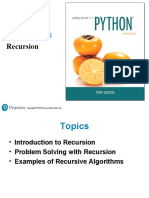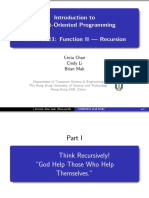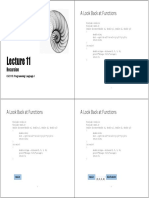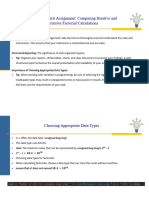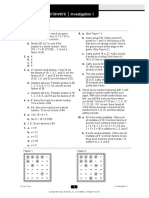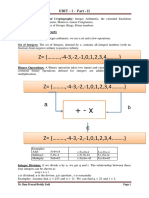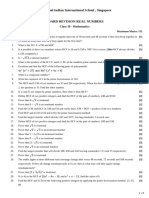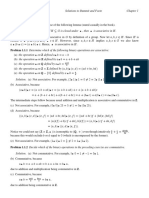0% found this document useful (0 votes)
15 views16 pagesSummer12 Recursion
The document provides an introduction to recursion in Python, focusing on the factorial function and its implementation. It outlines the steps to think recursively, presents examples of recursive functions like listSum and gcd, and emphasizes the importance of base cases and recursive calls. Additionally, it includes exercises for practicing recursive thinking and function creation.
Uploaded by
dayasuresh22Copyright
© © All Rights Reserved
We take content rights seriously. If you suspect this is your content, claim it here.
Available Formats
Download as PDF, TXT or read online on Scribd
0% found this document useful (0 votes)
15 views16 pagesSummer12 Recursion
The document provides an introduction to recursion in Python, focusing on the factorial function and its implementation. It outlines the steps to think recursively, presents examples of recursive functions like listSum and gcd, and emphasizes the importance of base cases and recursive calls. Additionally, it includes exercises for practicing recursive thinking and function creation.
Uploaded by
dayasuresh22Copyright
© © All Rights Reserved
We take content rights seriously. If you suspect this is your content, claim it here.
Available Formats
Download as PDF, TXT or read online on Scribd
/ 16





























